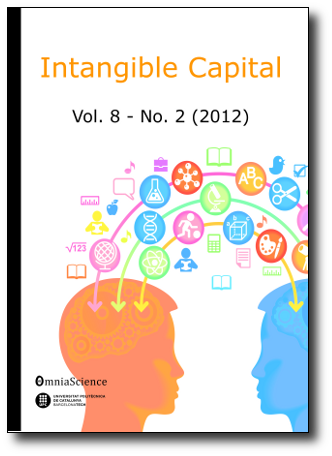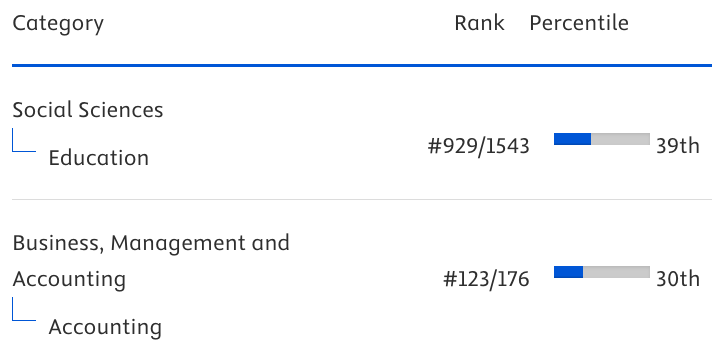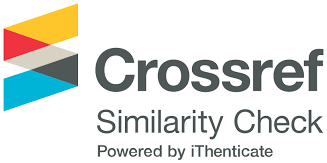The way of human resource development and resource/infrastructure management affect the agroindustrial innovation process in a merged public research institution
Abstract
Purpose: This study aims to reveal how strong the influence of human resource development and resource/infrastructure management on innovation process during the merger of public research institutions by shaping researchers’ skills. The proposed research model is intended to reveal how distinctive competency possessed by human resource and resource/infrastructure management encourages the innovation process during the merger.
Design/methodology/approach: Using partial least square structural equation modeling (PLS-SEM) and involving 204 respondents, it is revealed that human resource development influences researchers’ adaptive and absorptive skills slightly stronger than resource/infrastructure management to encourage the innovation process during the merger of public research institutions.
Findings: It is revealed that knowledge vacuum, which was unintentionally generated through chaotic condition during the merger, brought a positively significant influence on innovators’ distinctive competency through both adaptive and absorptive skills. This also implies that chaotic events within a dynamic research environment might stimulate open innovation process. In this regard, human resource management is expected to organize more training and coaching practices to minimize knowledge vacuum and enhance innovators’ distinctive competency.
Research limitations/implications: This study was conducted by selecting a merged public research institution in Indonesia as the model case, meaning that the approach is probably not suitable to be applied to the condition in other countries due to different governmental rules and organizational process. Thus, cross-countries examination utilizing merged researches on organizational cases will be a suitable approach and valuable compass for future studies.
Practical implications: Firstly, from the insight of human resource development, it is important to give equal opportunity in terms of skill and knowledge development to each innovators. Moreover, giving proper incentives can boost innovation desire that eventually boost innovation process. Secondly, human resource development and resource/infrastructure managements have a balance effect to support adaptive and absorptive skills. Managers should pay attention to properly manage the innovation resources and infrastructures so that innovators can utilize them right away without having to wait in line for too long.
Originality/value: This study was conducted by selecting a merged public research institution as the model case and focused on researchers’ innovation process. Merging public research institutions domestically was considered a first-time worldwide phenomenon. Previously, innovation process was only discussed in the context of commercial sectors and higher education institutions.
Keywords
Full Text:
PDFDOI: https://doi.org/10.3926/ic.2923
This work is licensed under a Creative Commons Attribution 4.0 International License
Intangible Capital, 2004-2025
Online ISSN: 1697-9818; Print ISSN: 2014-3214; DL: B-33375-2004
Publisher: OmniaScience






